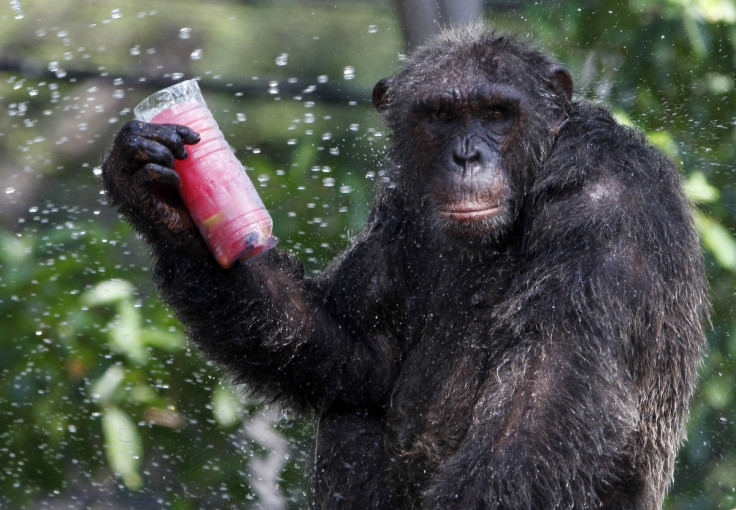Human hands 'more primitive' than chimpanzees and orangutans

Human hands are more primitive than those of chimpanzees or orangutans, a study has suggested.
Sergio Almécija and colleagues from the Stony Brook University in New York measured the hand proportions of both living and fossil human and ape hands, including Ardipithecus ramidus and Australopithecus sediba, to see how the hand evolved.
Human hands have a long thumb-to-fingers ratio, which is one of the most distinctive features of human hands compared to apes. It has been suggested in the past this ratio is one of the reasons mankind became so successful, as it allowed them to make tools.
The findings of the latest study, published in the journal Nature Communications, suggest this is not the case however.
Researchers said the results show "high levels of hand disparity among modern hominoids". They found convergent adaptation between chimps and orangutans through digital elongation, but comparatively little change in gorillas and hominins.
In effect, chimps and orangutan hand proportions have evolved whereas human and gorilla hands have changed very little.
These findings suggest human hand structures are largely primitive rather than being the result of selective pressures from stone toolmaking. Instead, the long fingers to thumb ratio was acquired at the same time as other highly dexterous anthropoids, such as capuchins and gelada baboons.
However, the study has met with some criticism. In a report in Science magazine, Adrienne Zihlman, a primatologist at the University of California, said the study builds an "evolutionary scenario based on one data point, bony proportions of hands, with the underlying assumption that they tell a story". This is problematic because hands provide only a limited view of the common ancestor.
"This paper serves as a poster child for what is wrong with a lot of work in paleoanthropology," she said.
© Copyright IBTimes 2025. All rights reserved.






















